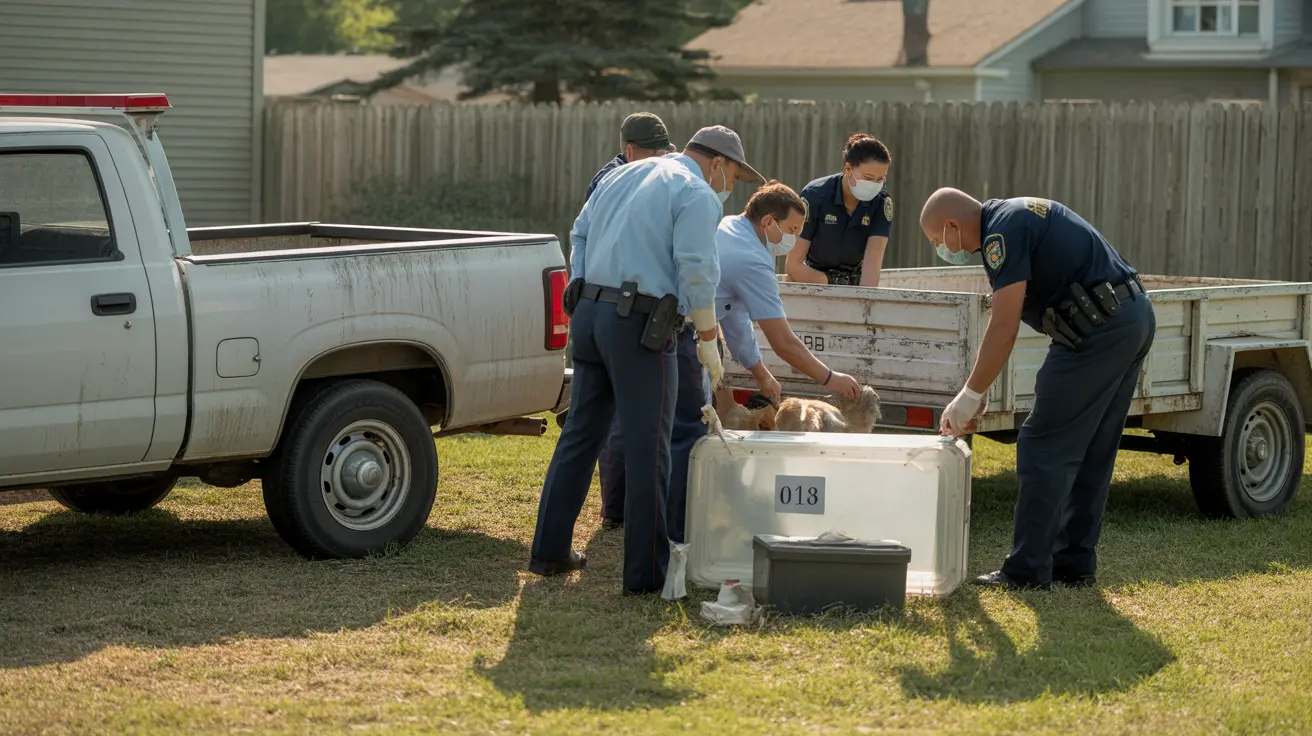Understanding What a Low Growl Really Means
A
low growl is an important form of communication, especially among animals like dogs and cats. Pet owners often encounter this sound and may wonder what it implies. While it may seem ominous, a low growl is not always a sign of aggression—it’s more nuanced and can convey a range of emotions and intentions.
Why Animals Growl
Growling is a natural behavior rooted in instinct. For animals, especially canines, it is a vocalization that serves as a warning or a signal of emotional state.
Here are common reasons animals may growl:
- Warning or threat display – A low growl often signals “back off” when an animal feels threatened.
- Fear or anxiety – Dogs may emit a low growl when they are scared and unsure of a situation.
- Defensive behavior – It can be a self-protective response when they feel cornered or vulnerable.
- Pain or discomfort – Animals sometimes growl when hurt, signaling not to touch them or cause further discomfort.
- Resource guarding – A dog may growl when protecting food, toys, or territory.
- Playful expression – In some situations, such as roughhousing with other dogs, a low growl can be part of healthy play.
How to Interpret a Low Growl
Context is vital when decoding a low growl:
- Read body language – Look at ear position, tail movement, posture, and facial expressions.
- Consider the environment – Is the animal's growl triggered by a stranger, another pet, or a specific activity?
- Duration and intensity – A prolonged, deep growl with bared teeth may suggest a serious warning. A short, low growl could signify mild discomfort or alertness.
Common Misconceptions About Growling
Growling doesn’t mean the animal is aggressive by default. It is more accurate to view it as a signal—a way animals set boundaries.
- Suppression of growling can be risky. If a dog is punished for growling, it may skip this vital step and go straight to biting in the future.
- It’s usually a plea for space. Respecting a low growl can prevent escalation.
Responding to a Low Growl
If your pet growls:
- Stay calm – Avoid shouting or reacting aggressively.
- Give space – Step away and allow your pet to decompress.
- Assess the trigger – Identify what caused the growl and adjust your approach.
- Consult a professional – Persistent or unexplained growling may benefit from a behaviorist's evaluation.
When to Seek Help
A low growl that becomes frequent or intense may indicate underlying issues such as fear, insecurity, or pain. Consulting a veterinarian to rule out medical causes followed by a certified dog trainer or behaviorist can be beneficial.
The Value of a Growl
Instead of fearing the growl, pet owners should appreciate it as a crucial communication tool. Recognizing and correctly interpreting low growling can enhance the relationship between pet and owner while preventing negative encounters.
In summary, a low growl conveys vital emotional cues and deserves attention and respect. It’s an opportunity to understand your pet better and provide them the support they need.





